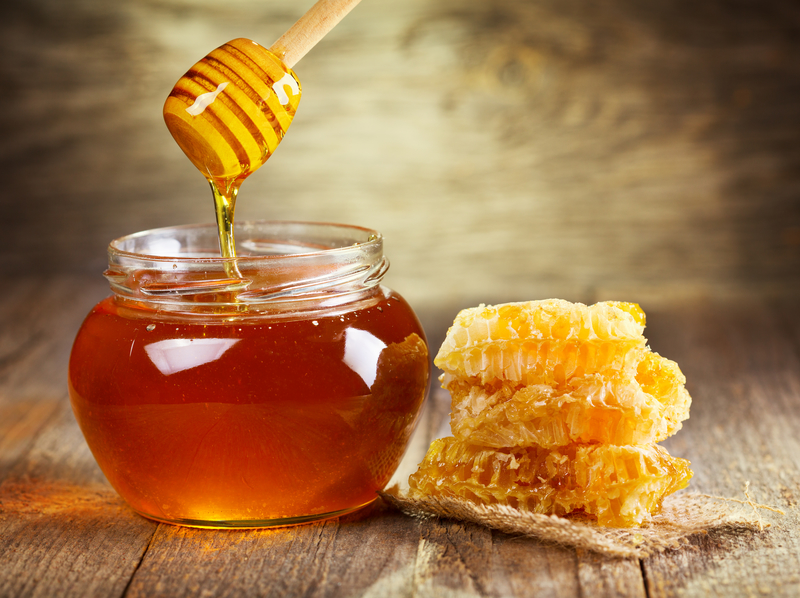Being in the carnage of a survival incident or the outdoors, means cuts, scrapes, abrasions, rashes and deeper wounds are a fact of life.
If you find yourself without traditional medical treatment for these ailments, consider using honey!
How Honey Works as an Antibiotic
• The high sugar concentration dehydrates bacteria.
• It’s acidic and most bacteria hate that.
• When mixed with a little fluid—say from the wound—it has an enzyme that produces a hydrogen peroxide. Unlike the commercial kind, this peroxide is dilute enough to not irritate the skin. But it’s strong enough to kill bacteria.
• Researchers are finding other ways honey works as an antibiotic. For example, it may stimulate the body’s natural bacteria-fighting white blood cells.
How to Use Honey as an Antibiotic Ointment
• Apply liberally. If the wound is deep, pour it in. For scrapes and abrasions, paste it on. Then cover the wound and seal with tape.
• Another way is apply the honey to gauze or clean cloth first, pop the material on the wound, and seal it with tape.
Honey is not your “go-to” method of fighting off infection, but in a pinch, it can help at the very least, stave off the infection from spreading or becoming more acute.
Your goal if you have to use honey should not be to cure the wound but to hold any infection in check until you can secure professional, medical help.
To learn more about natural antibiotics and how to use them, check out The Survival Doctor.

Matt Robidoux
Honey is also a great preservative, almost never goes bad itself, and is a great source of calories. However, because of the bacteria that helps give it these properties (including ones that cause botulism) it should not be given to children under 1 yr of age. Otherwise, enjoy.